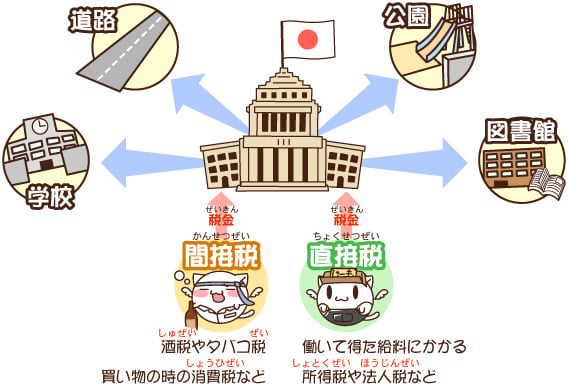Sometimes part of the fun of studying a language like Japanese is “surfing” the linguistic elements that are different from anything found in your own native language. One kanji character you encounter a lot is ki, which expresses ideas related to spirit, soul, nature, mood, feeling, intention or atmosphere. The ki character is found in some of the first words a student of Japanese encounters, like genki (happy, energetic), tenki (weather) and kuuki (air), so it’s quite approachable right from the start. The concept of ki (chi in Chinese) is central to martial arts and yoga, and feng shui is essentially the Chinese art of arranging your stuff so the “universal energy” of ki can flow freely around you. (George Lucas clearly drew his inspiration for the Force from ki energy.) The word can be found in several common Japanese idioms, such as ki o tsukete (be careful; literally “fix your body’s energy and attention on the task at hand”), or ki wo tsukau (to be considerate of; literally “to use your ki energy on behalf of another person”). In the popular anime Hyouka by Kyoto Animation, in which a group of kids goes around solving mysteries (though they lack a talking dog named Scooby Doo), the character Eru Chitanda regularly announces that she’s found a new mystery to obsess over using the phrase ki ni narimasu! (“This makes me curious, and can’t stop thinking about it!”).
![]()
Eru’s catchphrase is ki ni narimasu!















